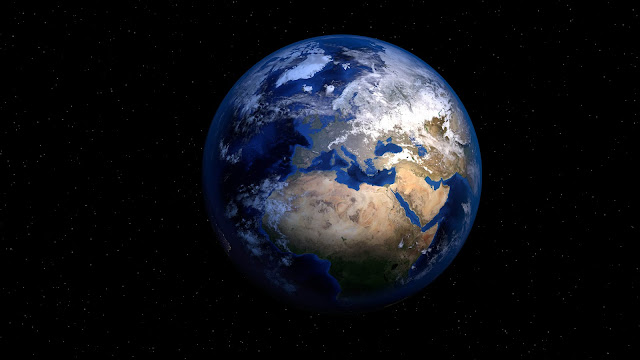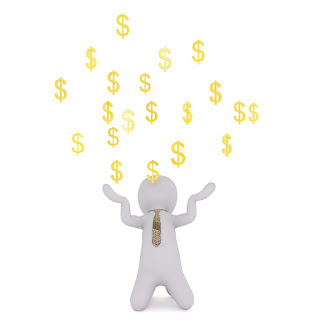Forex Market Size And Liquidity FULL GUIDE
Foreign exchange market size and liquidity
Unlike other financial markets such as the New York Stock Exchange (NYSE) or the London Stock Exchange (London Stock Exchange), the foreign exchange market has neither physical location nor central exchange.
The foreign exchange market is considered an over-the-counter (OTC) or “inter-bank” market because the entire market operates electronically within the banking network for more than 24 hours.
This means that the spot foreign exchange market is global and has no central location. As long as you have an internet connection, the transaction can be done anywhere!















कोई टिप्पणी नहीं